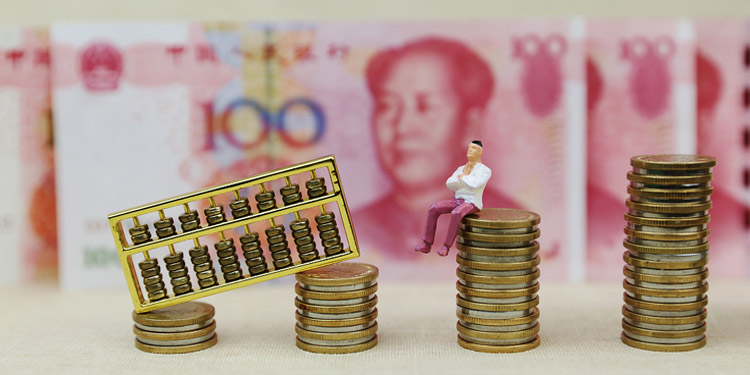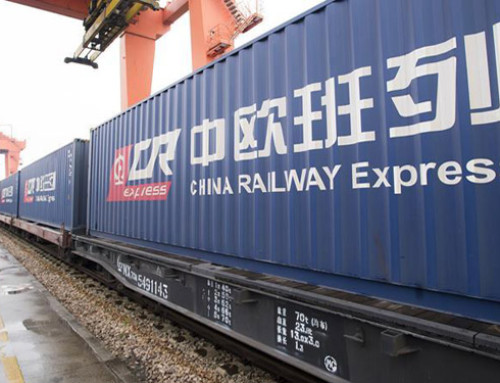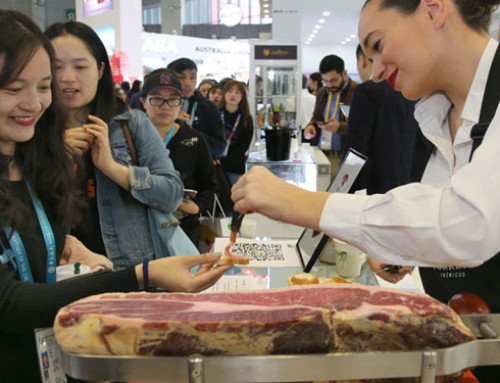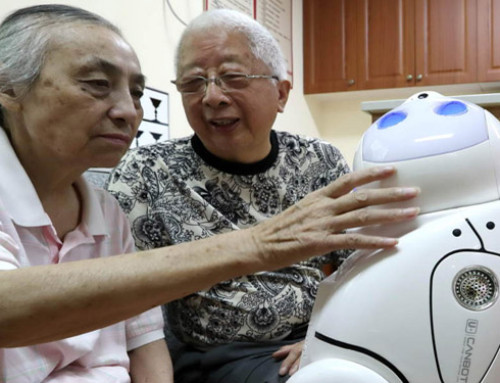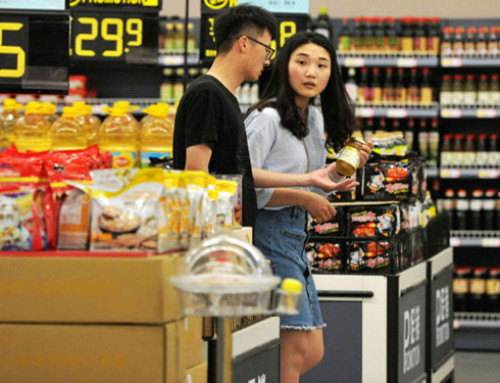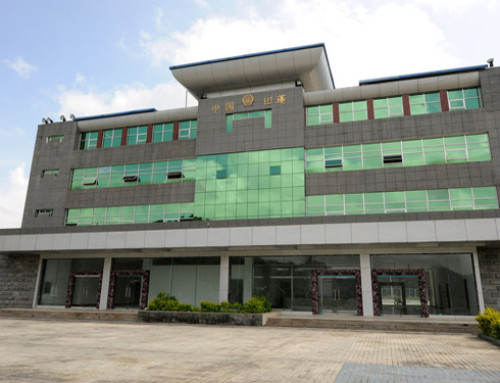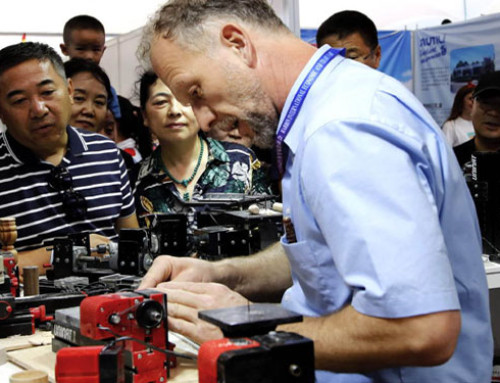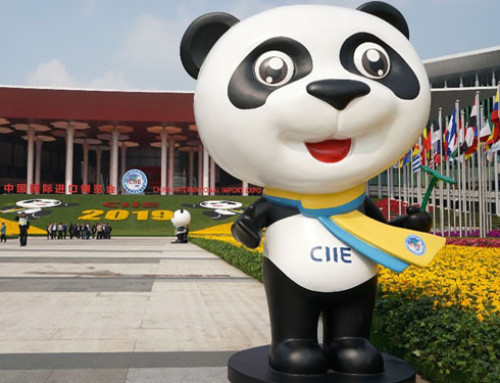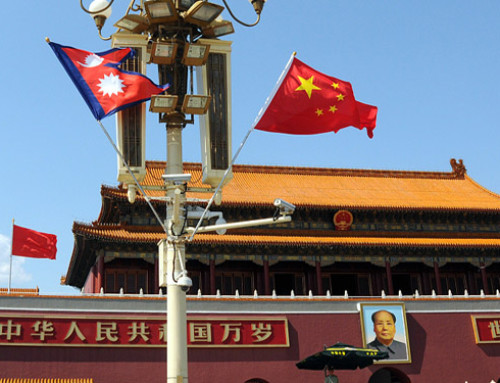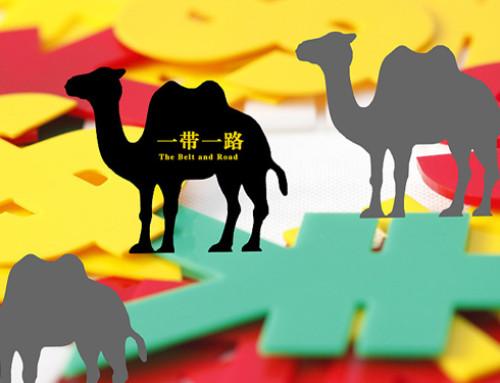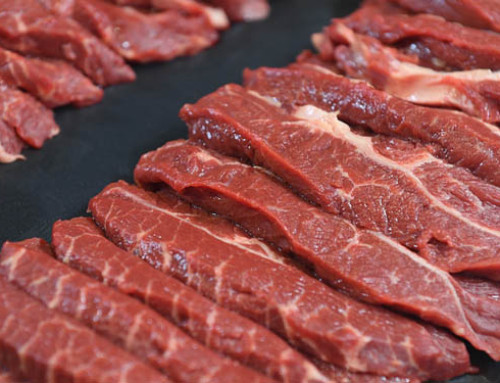Experts say China’s decision to lower tariffs on a variety of imported goods, including frozen pork and high-tech products, will meet domestic consumer demand and reduce production costs next year.
On Monday, the State Council ’s Tariff Commission announced that it would reduce tariffs on some imported goods starting January 1. The temporary tariff rate set for a certain period of time will apply to 859 items. Import tariffs on designated goods will be lower than existing MFN tariffs in 2020.
The European Commission said that for imported frozen pork, the tariff rate will be temporarily reduced from 12% to 8%, a move aimed at increasing pork supply and curbing food price increases.
The Ministry of Agriculture and Rural Affairs said in October that the spread of African swine fever since August 2018 has caused China’s herd to fall 41.1% year-on-year.
The reduced volume has led to soaring pork prices, which in turn brought consumer inflation to 4.5% in November.
Yang Weiyong, an economics professor at Beijing University of International Business and Economics, said: “China has taken various measures to resume pig production to ensure that pork supply and market prices are basically stable. Tariff reduction is another vital policy tool.
Economists predict that pork supply will rebound due to government efforts and consumer inflation may slow in the second half of next year.
According to the Customs Tariff Commission, the government will increase food imports to increase domestic consumption. The tariff on frozen avocados will be reduced from 30% to 7%.
The statement added that tariffs on certain high-tech components, including semiconductor testing and sorting equipment and automotive transmission parts, will be temporarily reduced to strengthen tariffs in sectors such as integrated circuits, aerospace, automotive and telecommunications production.
Tariffs on certain precursors used to produce asthma and diabetes drugs will be reduced to zero from 6.5%. The commission said it would also impose lower tariffs on more than 150 wood and paper products.
Tariff adjustment is conducive to reducing import costs and promoting “the orderly and free flow of international and domestic production factors.” The European Commission said that the move will also promote the country’s high-quality opening to the outside world and accelerate the construction of free trade zones to improve the global trading environment.
Although weak global growth may continue to bring huge resistance to Chinese exports next year, Louis Kuijs, head of the Asian Economics at the Oxford Economics Institute, predicts that for most of this year, due to the reduction in heavy industrial Import momentum will pick up.
Kuijs said that the import growth was 0.3% in November, the first year-on-year positive increase since May, and with the help of a “quite favorable base effect”, it is possible to maintain a solid positive growth in the short term.
Since July 1, the MFN tariff rates for 176 information technology projects will be further reduced. This will be the fifth such tariff cut since December 2015. At the time, 24 WTO members, including China, the United States and Japan, agreed to expand the range of products covered by the Information Technology Agreement.
Under the agreement, tariffs on certain IT products will be phased out. The Ministry of Finance said that China had completed four production cuts by July.
Gao Lingyun, a researcher at the Institute of World Economy and Politics of the Chinese Academy of Social Sciences, said that since China is one of the world’s major importers and exporters of IT products, reducing import tariffs on such products can help reduce manufacturing costs. For many domestic producers and enhance competitiveness.
Gao said that this is conducive to high-quality economic development and the upgrading of manufacturing in the future.
The commission said that under the Free Trade Agreement with China and the Asia-Pacific Trade Agreement, tariffs on goods from 11 countries including New Zealand, Singapore, Australia, Chile and Pakistan would be lower.



